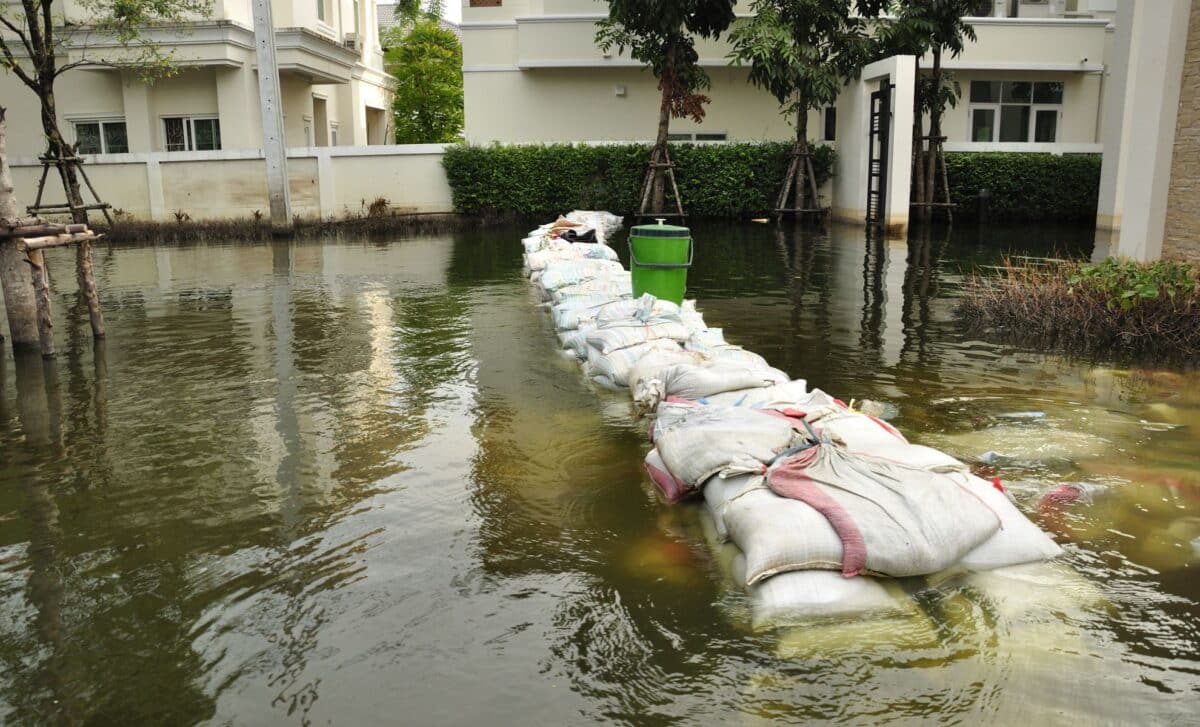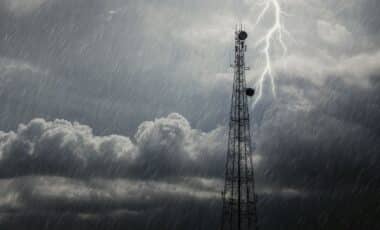Tropical Cyclone Alfred has taken a sudden and unexpected turn, now heading directly towards densely populated areas in southeast Queensland and northeastern New South Wales.
The cyclone, which had initially been tracking offshore, made a dramatic U-turn on Tuesday, intensifying to a category two system overnight.
The Bureau of Meteorology (BOM) has issued severe weather warnings for a 500km stretch of coastline, forecasting high winds, extreme rainfall, and life-threatening flooding.
Authorities are urging residents in Brisbane, the Gold Coast, the Sunshine Coast, Byron Bay, and Ballina to take immediate precautions, according to News.com.au.
Widespread Impact Expected as Cyclone Approaches
The BOM has placed coastal regions from Double Island Point in Queensland to Yamba in New South Wales under an official warning, with additional cyclone watches extending further north and south.
Meteorologists warn that rainfall totals could reach 700mm in some areas by the weekend, creating significant risks of flash flooding and riverine inundation. Queensland Premier David Crisafulli described the system as a “very rare” event but emphasised that it was not without precedent.
The state government has already deployed additional emergency personnel and resources to vulnerable regions. Local councils are coordinating evacuation plans where necessary, particularly in low-lying coastal areas and islands that could be cut off by rising waters.
Extreme Weather Conditions to Escalate
As Cyclone Alfred nears landfall, conditions are rapidly deteriorating along the coastline. BOM meteorologist Miriam Bradbury confirmed that waves up to 9 metres have been recorded off North Stradbroke Island, with expectations that surf conditions will worsen.
“We’re already starting to see large waves (with) this damaging surf impacting parts of the southeast Queensland coast,” she said.
In addition to dangerous surf, wind gusts of up to 120km/h are forecast to develop from Wednesday, increasing in intensity as the storm system strengthens. The combination of storm surges and high tides has raised concerns about severe coastal erosion, particularly in Byron Bay and the Sunshine Coast.
Power Outages and Transport Disruptions Likely
Queensland’s energy provider, Energex, has advised residents to prepare for potential power outages lasting up to three days. The cyclone’s strong winds and heavy rainfall could cause significant damage to infrastructure, making rapid repairs difficult.
Transport services are also being affected. Ferry operators in Moreton Bay and Stradbroke Island have cancelled most services, with some running limited final trips before conditions become unsafe. Roads in low-lying areas are at risk of flooding, and authorities have urged people to avoid unnecessary travel.
Meanwhile, supermarkets in Brisbane and the Gold Coast have reported panic buying, with shortages of bottled water, bread, and essential supplies. Officials have reassured the public that supply chains remain intact, but have encouraged households to stock up on necessities in case of prolonged disruptions.
Authorities Warn Against Complacency
Despite repeated warnings, some individuals have ignored safety advice. Footage from Byron Bay shows surfers taking advantage of the rising swell despite beaches being officially closed. Emergency services have reiterated that these conditions pose a serious risk to life, urging the public to remain vigilant.
With Cyclone Alfred expected to make landfall late Thursday or early Friday, residents in affected regions are urged to stay informed, secure their properties, and follow evacuation orders if required.









